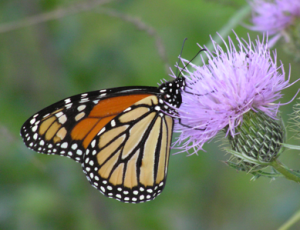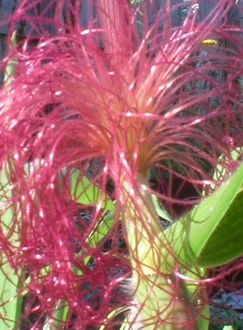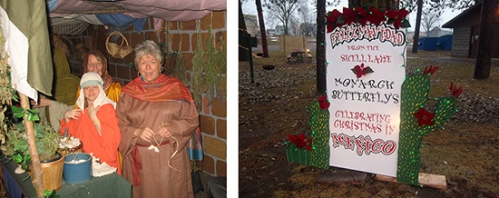Happy Tonics received a grant to translate The Monarch Butterfly Coloring Book into Spanish from Community Health Network Area 9 (CHNA 9) in Massachusetts. Peter Ducos, Shell Lake, Wisconsin, is translating the children’s teaching book. Mary Ellen Ryall, author and executive director of Happy Tonics, resides in Fitchburg, MA, where the Latino population is 48 percent. Multicultural books are important when one realizes that only 10 percent of books have any multicultural base; and yet 39 percent of the population in the United States are from other cultures. Multicultural Children’s Book Day is on January 27. To learn more about the event, visit Jump Into A Book at http://www.jumpintoabook.com/multicultural-childrens-book-day/
Jessie Spinelli of Leominster, Massachusetts, is an Eagle Scout and wanted to create a garden in front of a stone retaining wall at Fitchburg Art Museum. It was quite an undertaking for a young man. I got to know him because Jessie had a fundraiser at First Thursday Farmers Market at the museum. He was offering a variety of shrubs and perennials that people could purchase to put in the garden. I thought that was clever. I picked out one of the lower cost perennials to be part of the project—a garden phlox.
We had lots of time to converse over a few months on First Thursday. I told Jessie about the importance of pollinator plants and the role native plants played in a garden. Among the plants were mums and native garden phlox. One day, Jessie was excited to show me photographs of two butterfly species that he photographed in the new garden. One was a black swallowtail and the other was a fritillary.
Imagine my delight to know that Jessie’s garden would bring butterflies and to his surprise the garden beckoned pollinators!









Comments